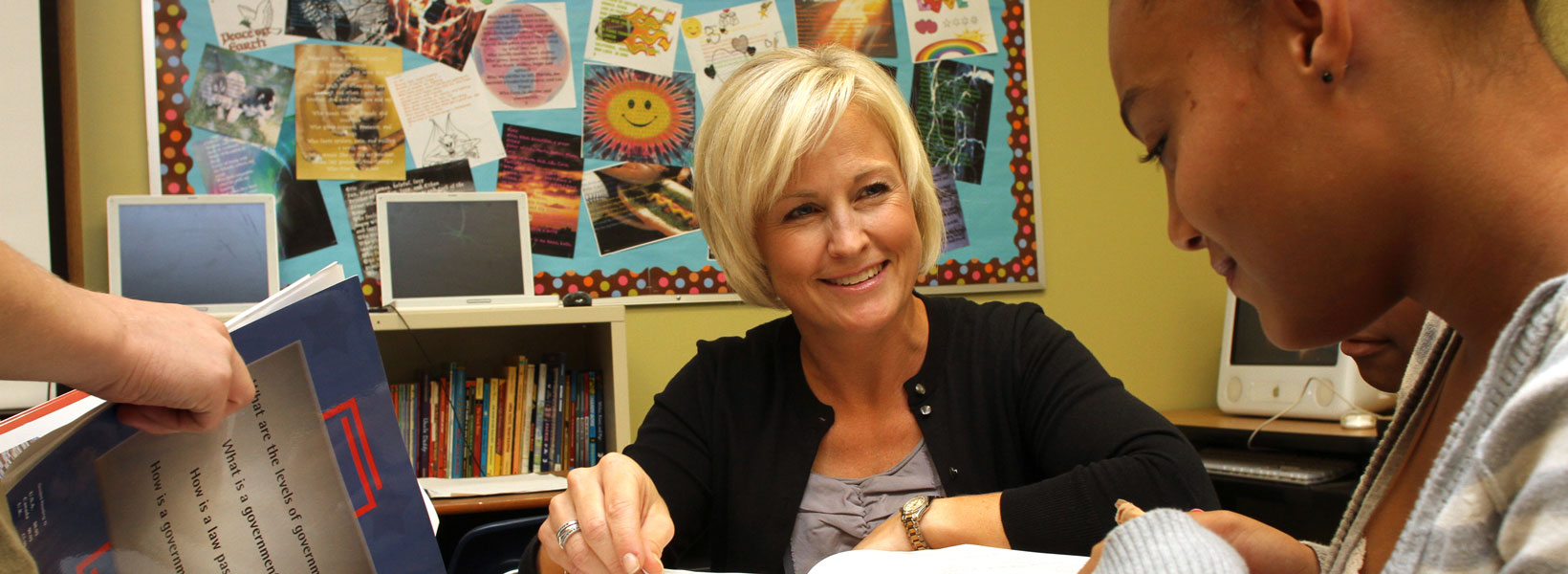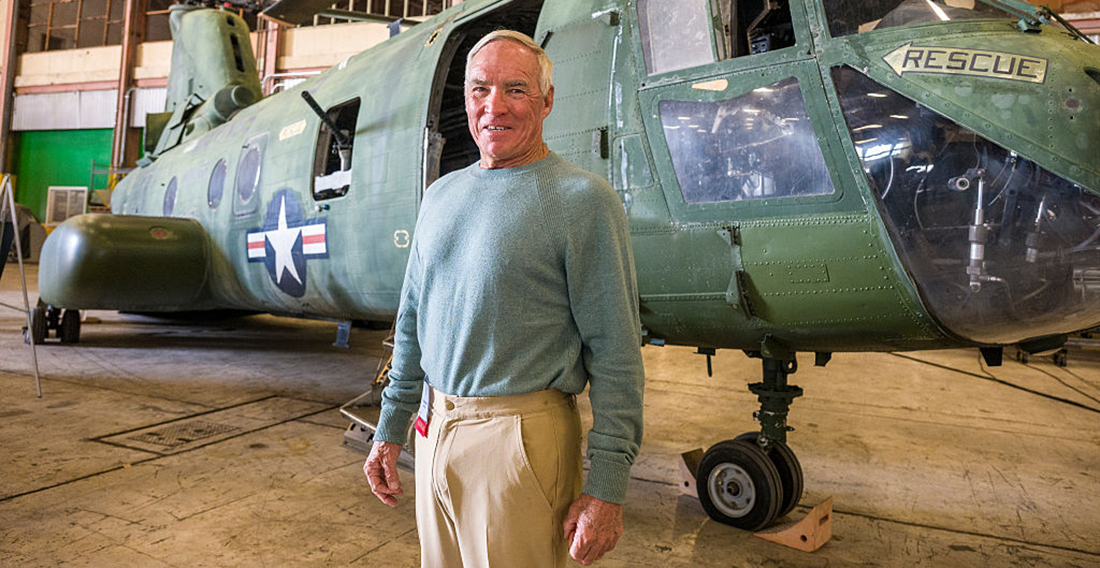Sara Warrick Swansen '92
Youth Emergency Services and Shelter

Bright, multicolored walls greet visitors at Youth Emergency Services and Shelter (YESS) in Des Moines. Each hallway leads to something just for kids: a gymnasium, a recreation area with foosball and video games, a nursery full of toys and books. Volunteers and staff members chitchat and float in and out of rooms. Children in the classroom learning their daily school lessons smile and tease each other as Sara Warrick Swansen ’92 stops in for a brief visit. Despite the varying life crises that bring children to YESS, it’s a place of contentment, comfort and most of all, hope.
Swansen is a large part of the reason children at YESS have a chance to heal and hope. She holds a doctorate in counseling psychology and is a licensed psychologist of 12 years. She was hired in 2009 as the first clinical services director at YESS and supervises eight counselors and other residential staff who serve the children there.
“Every child who comes here affects you,” Swansen said.
Founded in 1973, YESS is housed in a former elementary school on Des Moines’ southeast side. It is the largest emergency shelter for youth in Iowa, serving 1,100 children each year ages birth to 17. Many of the children are dealing with homelessness, depression and other severe mental health issues. Some are runaways or victims of abuse or neglect.
“It’s survival mode for these children and their families,” Swansen said.
Although the shelter is licensed for 60 beds, currently 35 are funded. The Iowa Department of Human Services contracts with YESS to use 18 of the beds. The remaining 17 are funded by private donations and grants. All residential support is free to the children and their families. In addition to counseling and medical services, children who stay at the shelter are either bused to Des Moines schools or receive education on site from Heartland Area Education Agency instructors.
“She’s an expert in the industry,” Executive Director Steve Quirk said of Swansen. “A lot of these kids have been from place-to-place, which has a tremendous effect on them, and she understands that.”
Swansen said her best days at work are when she’s witnessing the reunification of a family after a child is discharged. She describes other rewarding aspects of her job as: “seeing a smile on a child’s face who hasn’t smiled in a long time; hearing laughter from the nursery, from little ones who haven’t been able to laugh like that at home; and building confidence in our counselors so they can continue to be successful.”
Conversely, sometimes children are discharged and their parents don’t come to pick them up. “Those are the hardest days,” she said.
Still, Swansen maintains her job is centered in hope.
“In my eyes, kids are so resilient that it just takes one person to make a difference,” she said. “If I can be that one person in their life, to give them that hope message, it’s worth it. They have the rest of their lives to live.”
Swansen won’t say she felt a profound calling to sacrifice a higher income to work for a nonprofit that serves youth in some of the worst crisis situations imaginable. It’s more of a matter of fact for her: “You develop the necessary skills, and you can change an entire life at a young age.”
Article Information
Published
June 26, 2018
Author
Office of Marketing and Strategic Communication




